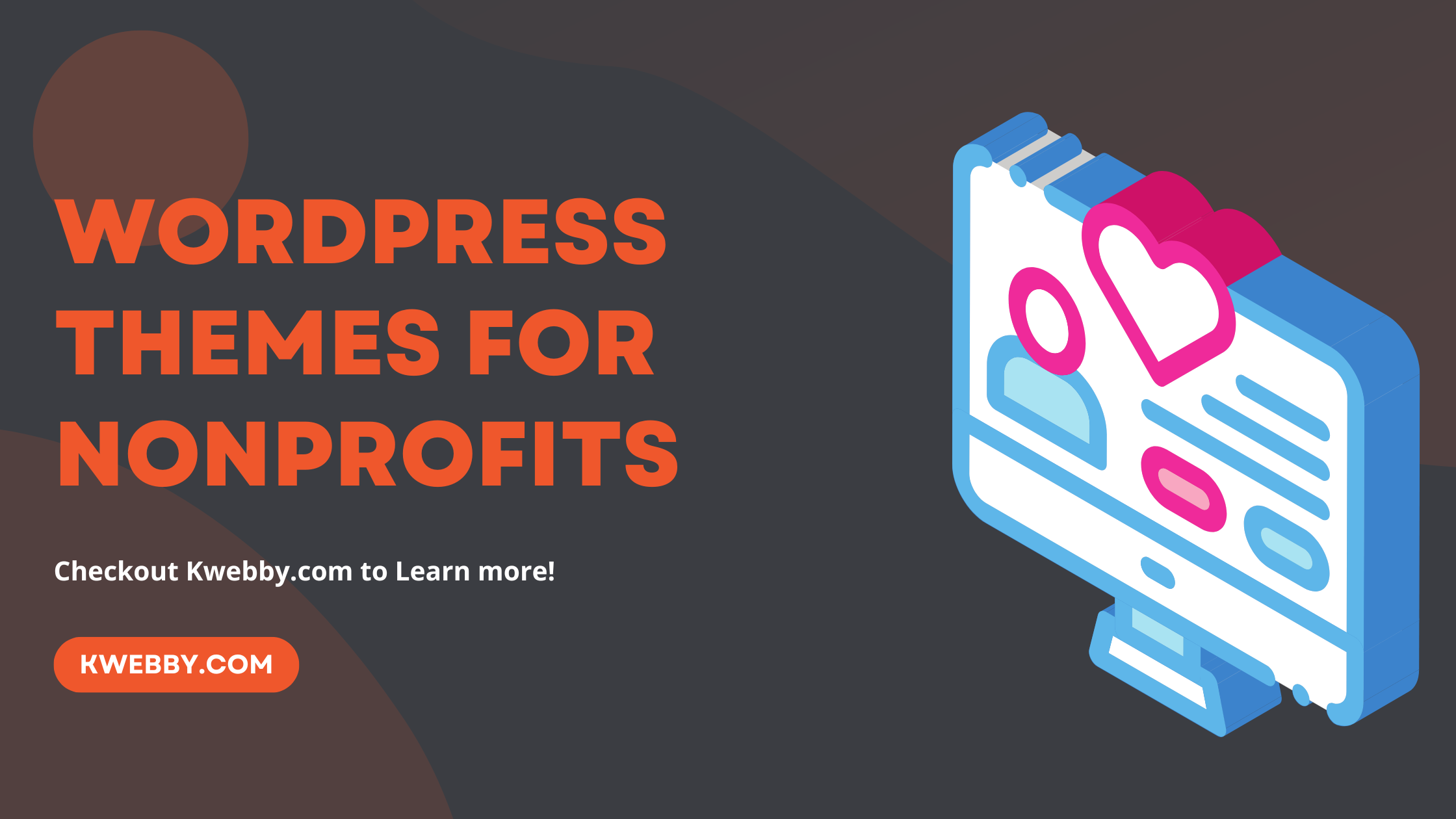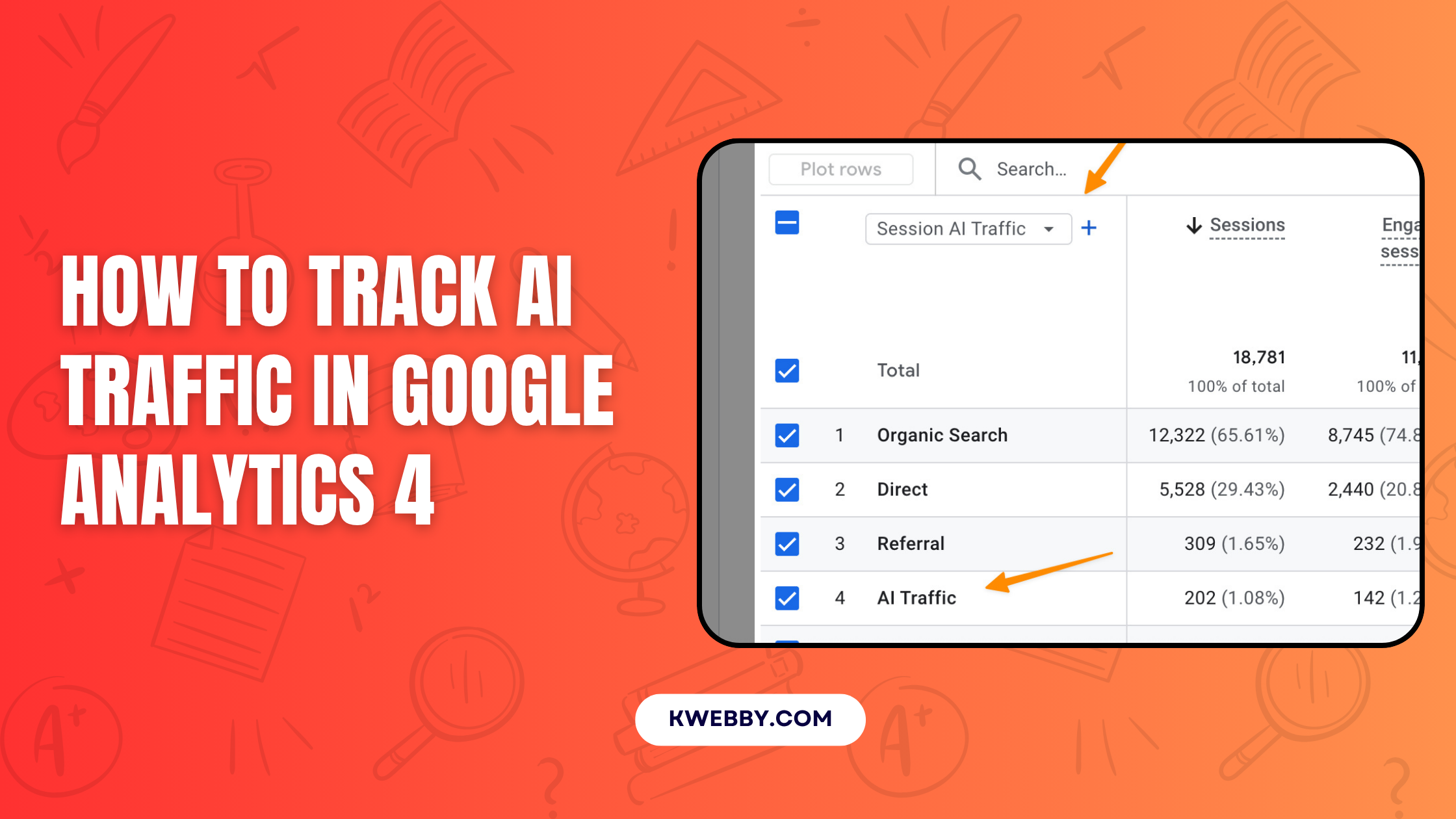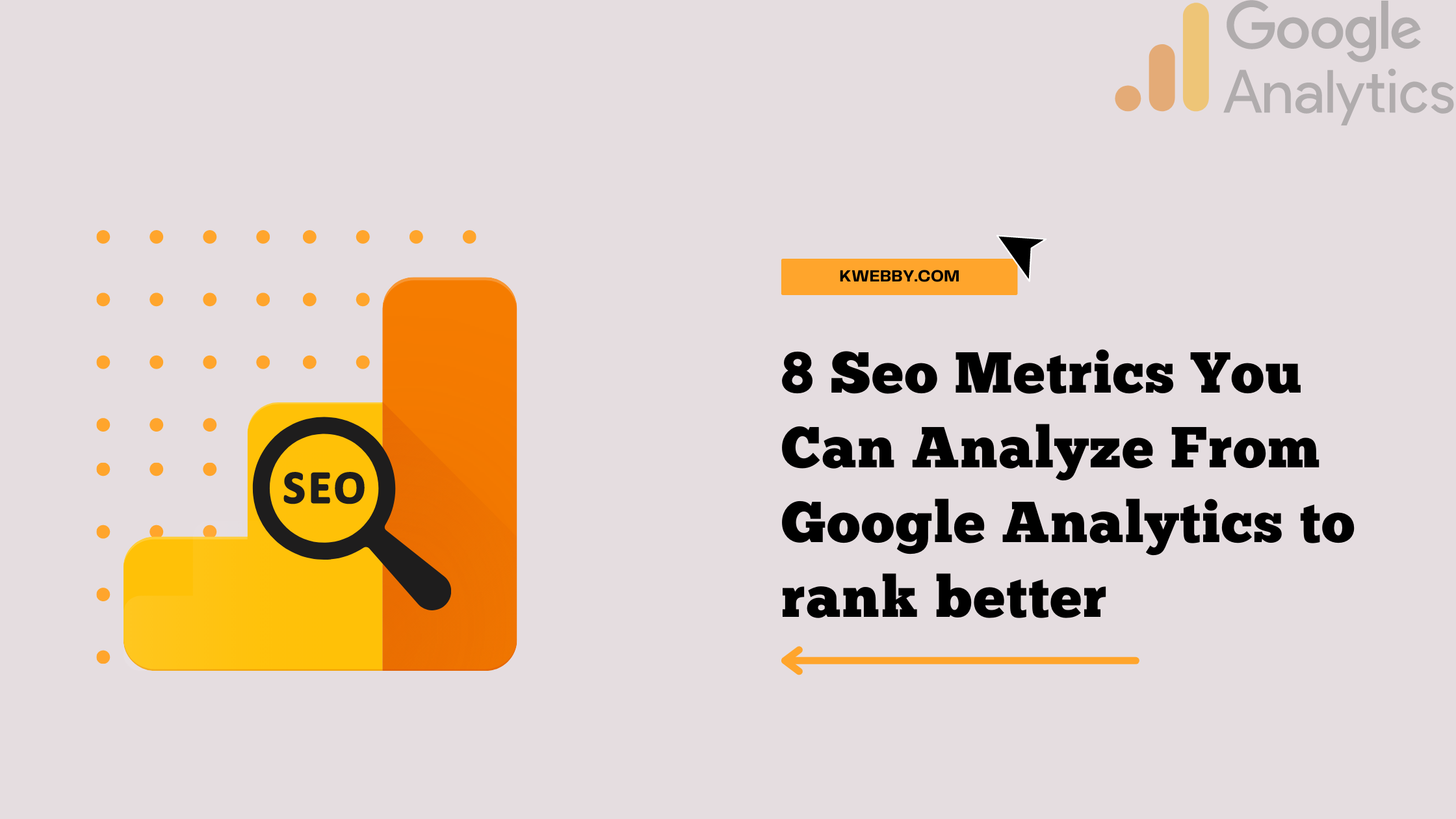Home / Blog / Advertising / 5 Ways Web 3.0 Will Affect Advertising
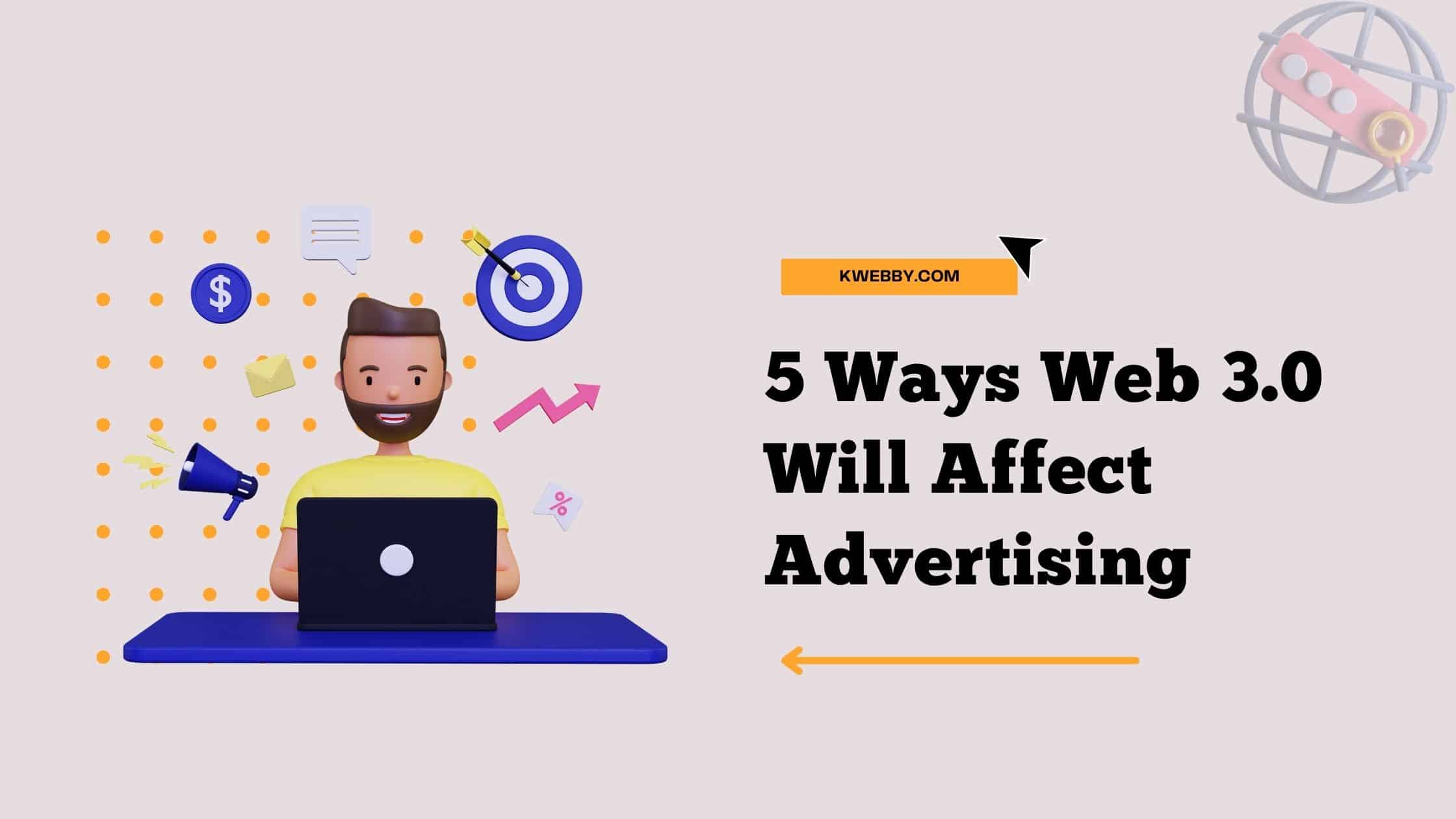
5 Ways Web 3.0 Will Affect Advertising
Choose Your Language:
Are you trying to better understand the technologies that are driving the evolution toward web 3.0 and how it will affect businesses and advertising?
You’re not alone!
Many people ask the same question.
Web 3.0, also known as “the semantic web”, is the proposed next major revision of the World Wide Web following web 2.0. It’s built around “blockchain,” a distributed ledger.
Through the power of blockchain, data is stored and synchronized across multiple devices, instead of being kept in one central location.
Also, read; 5 Ways Web 3.0 Will Affect Business
This simple fact has significant implications for advertisers. Because there is no central authority tracking everyone’s activity (as in traditional internet advertising), companies can use smart contracts and automated payments that don’t require human oversight over transactions.
Learn about Web 3.0 in detail with its examples here.
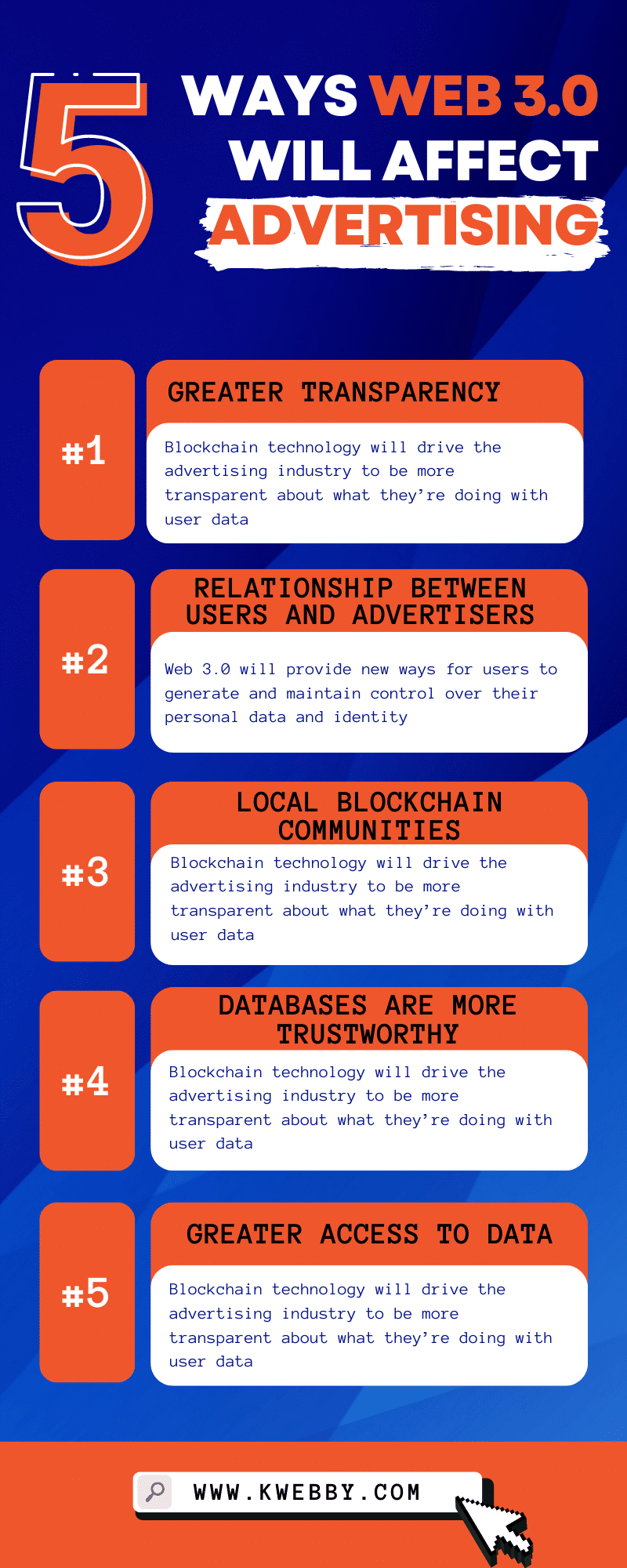
1 #1 Greater transparency

Blockchain technology will drive the advertising industry to be more transparent about what they’re doing with user data (if and when they’re not selling it directly). Users will see exactly how companies use their data and who they’re sharing it with – all in real-time.
Advertising on a blockchain-based internet might be more expensive up front, but the success of a campaign will be far easier to track and analyze.
Web 3.0 will also bring advertisers greater transparency, making it easier to compare the rates of return of different ad networks against advertising costs.
2 #2 The relationship between users and advertisers may change dramatically.

Web 3.0 will provide new ways for users to generate and maintain control over their personal data and identity, and this may lead to a major shift in the relationship between users and advertisers.
For one, users will be able to control the data collected on them. This means users can choose who has access to their information, as well as how much of it they see–no more, no less.
They can selectively hide sensitive information from advertisers, such as age or location while making other details available (such as purchase history).
Users can also get paid for their data. Instead of the current system, where advertisers constantly siphon user data into their own databases without providing compensation, web 3.0’s decentralized, blockchain-based technology will allow individual users to sell their information directly to interested parties through smart contracts that automatically execute once pre-determined conditions have been met.
Advertising will also be more targeted. All consumer behaviour data generated online will be stored on blockchain-based ledgers, where it is always easily accessible by advertisers (with proper authorization).
Therefore, advertising campaigns can adapt dynamically based on the most up-to-date real-time user analytics available. Each new action taken by a user could trigger an immediate response from an advertiser designed specifically for that individual customer–no more generic ads served up en masse!
3 #3 Businesses can use local blockchain communities for ad serving.
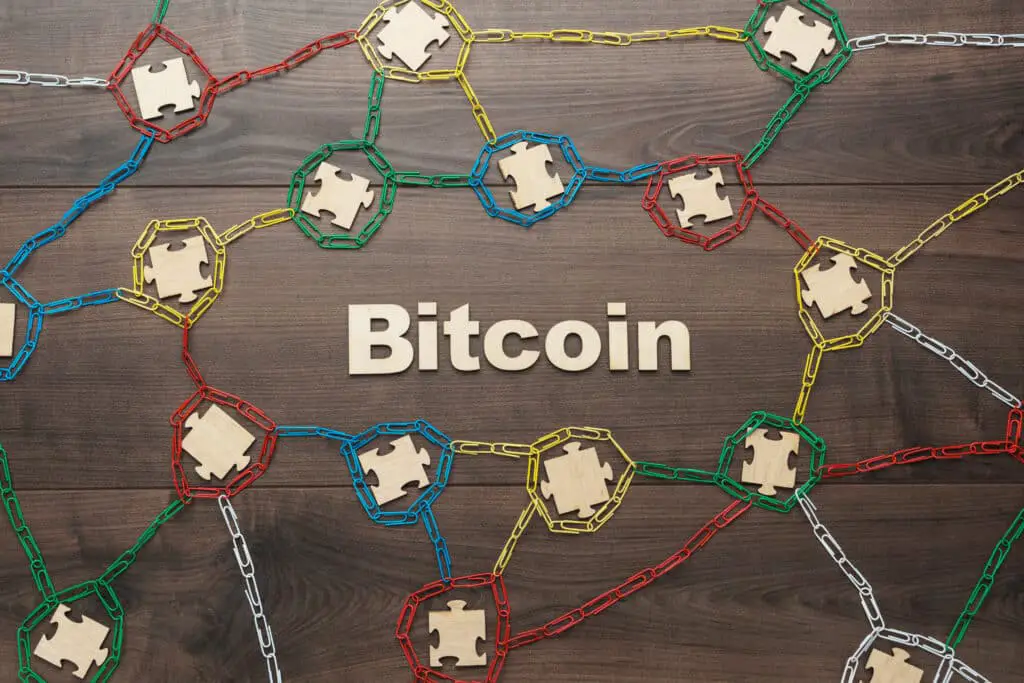
Local communities can serve ads to users with the help of blockchain technology. This means that, for example, if a business needs advertising, it could pay a local community organization to handle it for them.
The community can then decide who sees the ad and if they want, where it goes. They are also likely to better understand what kind of advertisements would appeal most to their community members.
4 #4 Databases are more trustworthy with blockchain technology.

Blockchain is a decentralized database where records of transactions are kept chronologically and publicly. Because the data exists in multiple locations, there is no single point of failure or manipulation. This makes blockchain technology highly secure, extremely difficult to corrupt, and leads to greater trust.
Imagine that a public blockchain was used to store product information, such as ingredients and country of origin. Consumers could access this data directly from their smartphones at any store and ensure that the products they buy align with their values.
This type of transparency already exists today with the Ethereum blockchain-based Provenance app. The fashion industry has some incredible examples of people using blockchain to empower consumers to track the source story for different garments.
5 #5 Advertisers will have greater access to data.

You don’t have to look far to see evidence of the data-driven nature of advertising on the web. In fact, you can find evidence in your own wallet! Simply look at the ads in your favourite magazines. Many of them will have personalized URLs (PURLs) printed on them.
If a magazine subscriber wants to learn more about a product and uses that URL, the URL directs them to a landing page with content tailored for that individual customer.
The landing page might feature their name or something else that makes it clear their experience is custom-tailored for them–and that information came from data collected by the company placing the ad.
The point is this. As websites become more dynamic, advertisers and others who want access to personal data can get it easily–and they’ll know how user-specific they can make their ads based on what they collect.
One major benefit of web 3.0 will be its ability to leverage personal data across devices and platforms to deliver personalized marketing experiences based on individual preferences or needs at any given moment in time.
For example, if someone recently searched online for information about car insurance, an ad might pop up offering them quotes. This gives advertisers greater insight into what customers want most from products/brands like yours, leading to more sales conversions due to increased relevance among target audiences.
In short, web 3.0 will usher in a new age of advertising that is more personalized, local, trustworthy, and data-driven than ever before. Businesses that embrace these changes will be well-positioned to succeed in the new landscape.
Are you ready for web 3.0?
6 The Bottom Line
Web 3.0 is a forthcoming leap forward in the evolution of the Internet, and it holds exciting potential for marketers everywhere. By understanding how web 3.0 will affect advertising 3.0, you can prepare to make the switch–which maybe sooner than you think.


